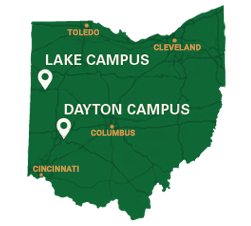University Communications and Marketing (UCM) is aligned with the university’s mission to strengthen Wright State’s brand and tell our story throughout Raider country and beyond. UCM is strategically prioritized to deliver compelling results that will enhance recruitment, retention, and external engagement efforts with Wright State’s important partnerships.
With a focus on institutional priorities, UCM is structured to be an efficient, purpose-driven model that supports the needs of the university community. Our teams include:
bullseye
Enrollment and Partner Marketing
Brand Strategy
Start here for recruitment, partnerships, and brand projects.
- Enrollment Marketing
- University Partnerships
- Brand
- General or Branding Question
landmark-flag
Campus and Advancement Marketing
Start here for college, department, and internal projects.
- Academic Units
- Advancement
- Internal Audiences
comments
Communications and Media Relations
video
Media Productions
- Photography and Videography
- Browse and Buy Photos (SmugMug) — Personal purchases
How We Can Help
UCM is your strategic marketing partner that will help you achieve your goals and objectives. We will work with you to develop a cohesive marketing strategy to achieve the optimal return on your marketing efforts.
- Strategic marketing, both long and short-term strategies
- Integrated marketing communications plans to reach and motivate prospects in each segment through their decision cycle (including traditional media, social media, emerging channels, joint-marketing partnerships)
- Website improvement and enhanced metrics
- Prioritized budget recommendations and implementation timelines ranging from no-cost options to higher-cost options based on measurable return on investment
- Social media tactics and strategy


